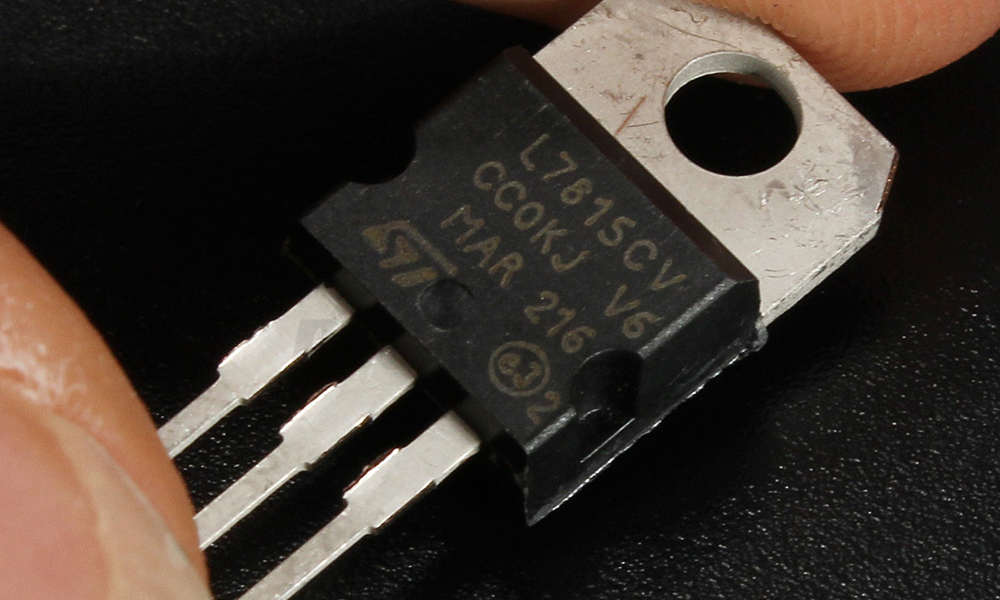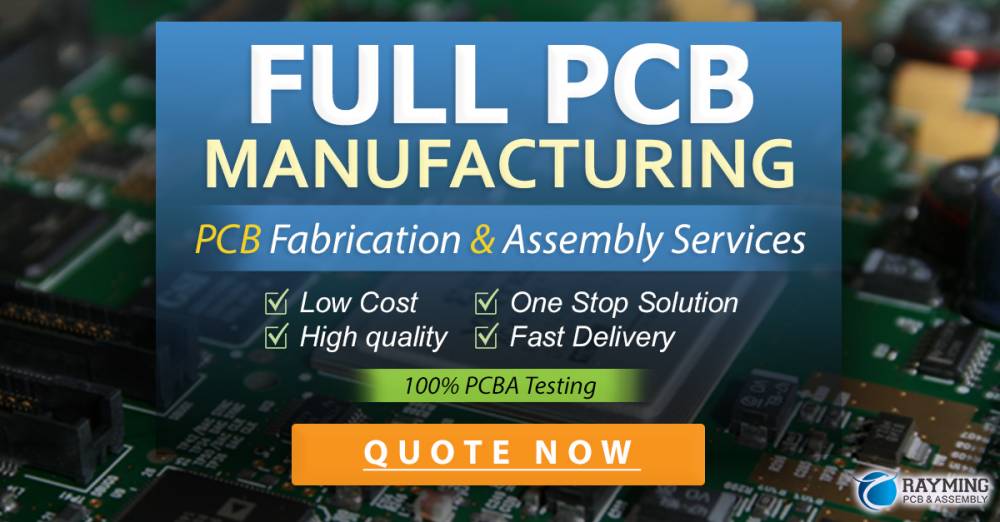A voltage regulator is an electronic circuitry usually found in a device. It is one of the most commonly used circuitry in a device. Also, a voltage regulator is crucial for the performance of several digital electronic devices. An example of devices that use voltage regulator integrated circuit is a microcontroller.
Voltage regulators are available in various types. However, we will be focusing on voltage regulator integrated circuit. The 7805 IC is a good example of the IC based voltage regulator. This IC-based voltage regulator regulates voltage at 5 volts.
What is a Voltage Regulator Integrated Circuit?
A voltage regulator integrated circuit is a type of IC whose function is to monitor and control the unregulated input voltage and offer a constant regulated output voltage. Also, there are different ways to classify voltage regulator integrated circuit. The common classification type is the 3 terminal voltage regulator and multi-terminal voltage regulator.
Another classification method is by identifying them as a switching voltage regulator and a linear voltage regulator. Also, voltage regulators can be classified as adjustable voltage regulators, switching regulators, and fixed voltage regulators.
Furthermore, a voltage regulator integrated circuit offers a fixed output voltage irrespective of the change in the input voltage or the lad. IC-based voltage regulators are usually available in various IC package types which are quad flat packages (QFP) and dual in-line packages (DIP).
Types of Voltage Regulator Integrated Circuit

Voltage regulator integrated circuits are available in three types. This includes IC switching voltage regulators, DC/DC converter chips, and IC linear voltage regulators.
IC switching voltage regulator
Switching voltage regulator IC differs in construction, operation, and design. This type of voltage regulator controls the switching feedback circuitry’s time to regulate the output voltage. Also, an IC switching voltage regulator can store energy in a transformer or inductor. This regulator then utilizes the storage device to transmit energy from the input to the output.
Also, a switching regulator can be a step-up converter, step-down converter, or can b a combination of both. Therefore, this makes IC switching voltage regulator more versatile than other voltage regulators. Switching voltage regulator integrated circuit has improved thermal performance and is highly efficient. Also, this regulator can offer support to wider VIN/VOUT applications.
DC/DC converter chips
This is another type of voltage regulator integrated circuit. DC/DC converter chips offer a regulated DC voltage output from an unregulated input voltage.
IC linear voltage regulator
This type of voltage regulator integrated circuit integrates an active pass element to minimize output voltage in a regulated output voltage. Also, the output voltage of an IC linear voltage regulator is usually less than the input voltage. However, this type of regulator is cost-efficient and easy to design.
The Basic Parameters of a Voltage Regulator Integrated Circuit
There are basic parameters that contribute to the performance of a voltage regulator. The parameters include output current, input voltage and output voltage. Also, these parameters determine if the VR topology corresponds with the IC of the user.
There are other parameters like switching frequency, feedback voltage, and thermal resistance. These parameters may be relevant based on the application. Quiescent current is crucial when standby modes are crucial.
Another crucial parameter to check out for is the feedback voltage. This is because this parameter determines the least output voltage the regulator can support. Also, it is ideal to consider the voltage reference parameters.
How to Choose the Ideal Voltage Regulator
The designer needs to understand the crucial parameters of a proper voltage regulator when selecting one. These crucial parameters include system priorities, VOUT, and more features such as enable control or power good indication.
You can utilize a parametric search table to get the best device once you have considered these parameters. Also, the parametric search table is a crucial tool that offers various packages and features that can meet the application’s required parameters.
Each MPS device comes with a datasheet that provides details of the required external parts. Also, it provides details on how to calculate the values of the required external parts to achieve a high-performance design. Furthermore, the datasheet helps to calculate component values like feedback resistance, output inductance, and output capacitance. In addition, simulation tools like reference application notes and DC/DC designer can be of help.
Benefits of Voltage Regulator Integrated Circuit
IC voltage regulator features some benefits which make them a perfect option in some applications.
- IC voltage regulator is versatile
- Also, it can be easily produced with features such as voltage boosting, built-in protection, internal protections, and more.
- The power supply design of IC voltage regulator is quick and easy
- It is very easy to use and is convenient for local regulation
- Also, this regulator features compact size
- It is easily available and very budget-friendly
- IC voltage regulator features a fast transient response
Limitations of a Voltage Regulator Integrated Circuit
One of the major drawbacks for IC linear regulators is that they dissipate large power in some use cases. It is crucial to look into the estimated power dissipation of this regulator when used in some applications. This is because integrating larger input voltages can result in high power dissipation that can cause overheating in components.
Also, IC linear voltage regulators can only perform step-down conversion unlike IC switching regulators that provide buck-boost and boost conversion. Also, switching regulators are very efficient. However, these regulators have some disadvantages. They are less cost-effective and more complex than IC linear regulators. Also, they generate more noise if the external components are not selected carefully. In some applications, noise can be very crucial. However, noise can impact the performance and operation of a circuit in other applications.
Frequently Asked Questions
What is the function of an IC voltage regulator?
A voltage regulator IC maintains a constant DC output voltage regardless of voltage variations. This means that an IC voltage regulator generated a controlled DC output voltage.
Which is the most efficient IC voltage regulator?
The most efficient IC voltage regulator is the switching regulator. This is because the switching elements discharge sufficient power in off or on state. Therefore, it is more efficient than a linear regulator.
Conclusion
Voltage regulator integrated circuit utilizes integrated circuits for regulating voltage. Also, this regulator offers great properties like short circuit protection, thermal compensation, and surge protection.

